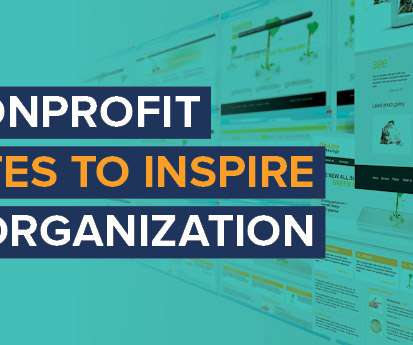Let's Stop Talking about What People Need
Museum 2.0
NOVEMBER 20, 2013
How many times have you heard this phrase in the context of cultural institutions? It''s presumptuous to suggest that we know what people "need" in a cultural context. It''s really important to be able to articulate what we need to achieve our institutional missions. For me, the answer is too many. I''m calling this phrase out.















Let's personalize your content